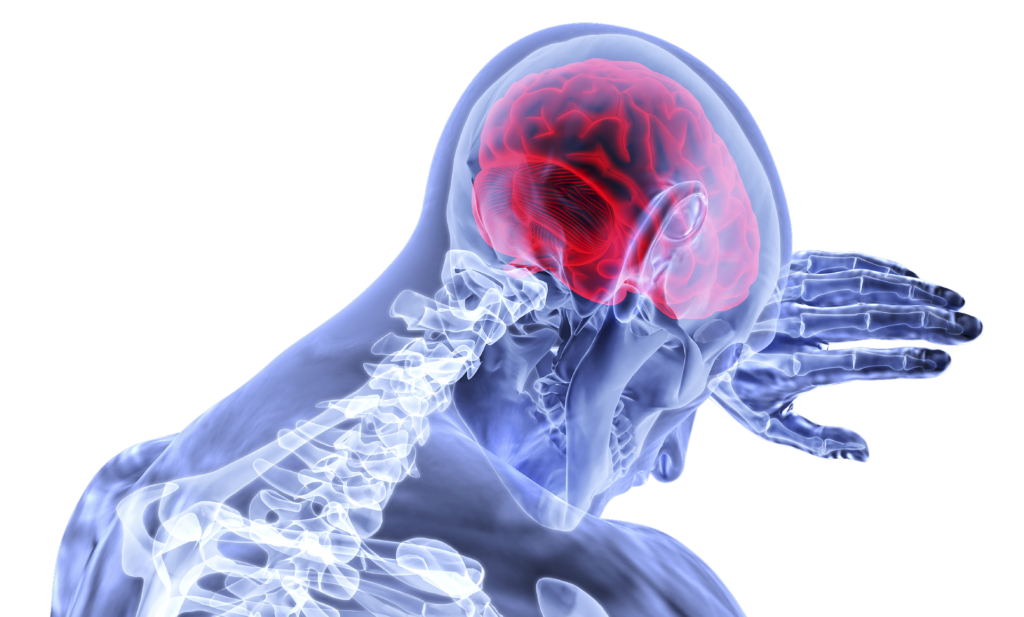
Fampridine is currently used to improve walking ability in individuals with multiple sclerosis. A new study indicates that it may also assist people with reduced working memory, which is often observed in mental health conditions like schizophrenia or depression.
Working memory is essential for everyday tasks, such as remembering a code long enough to type it in and engaging in conversations by reacting appropriately to what others say. It allows us to retain information for a brief period actively, typically a few seconds. However, certain conditions, including schizophrenia, depression, and ADHD, can impair working memory. Individuals affected by these conditions may struggle to follow conversations and to organize their thoughts effectively.
Fampridine is a drug that could help in such cases, as researchers led by Professor Andreas Papassotiropoulos and Professor Dominique de Quervain at the University of Basel have shown.
Practical only if working memory is poor
In their study, the researchers tested the effectiveness of fampridine on working memory in 43 healthy adults. Fampridine showed a more pronounced effect in participants whose baseline working memory was low. After taking the active substance for three days, they scored better in the relevant tests than those who took the placebo. In contrast, the drug showed no effect in people with good baseline working memory.
The researchers also observed that fampridine increased brain excitability in all participants, thus enabling faster processing of stimuli. The study was randomized and double-blind.
The established drug, a new application
“Fampridine doesn’t improve everyone’s working memory. But it could be a treatment option for those with reduced working memory,” explains Andreas Papassotiropoulos. Dominique de Quervain adds: “That’s why, together with researchers from the University Psychiatric Clinics Basel (UPK), we’re planning studies to test the efficacy of fampridine in schizophrenia and depression.”
The drug is currently used to improve walking ability in multiple sclerosis (MS). Particularly in capsule form, which releases the active ingredient slowly in the body, fampridine has shown effects on cognitive performance in MS patients. For some, it alleviates the mental fatigue that can accompany MS.
The researchers did not select the drug at random. This study followed comprehensive analyses of genome data to find starting points for repurposing established drugs. Fampridine acts on specific ion channels in nerve cells that, according to the researchers’ analyses, also play a role in mental disorders such as schizophrenia.

